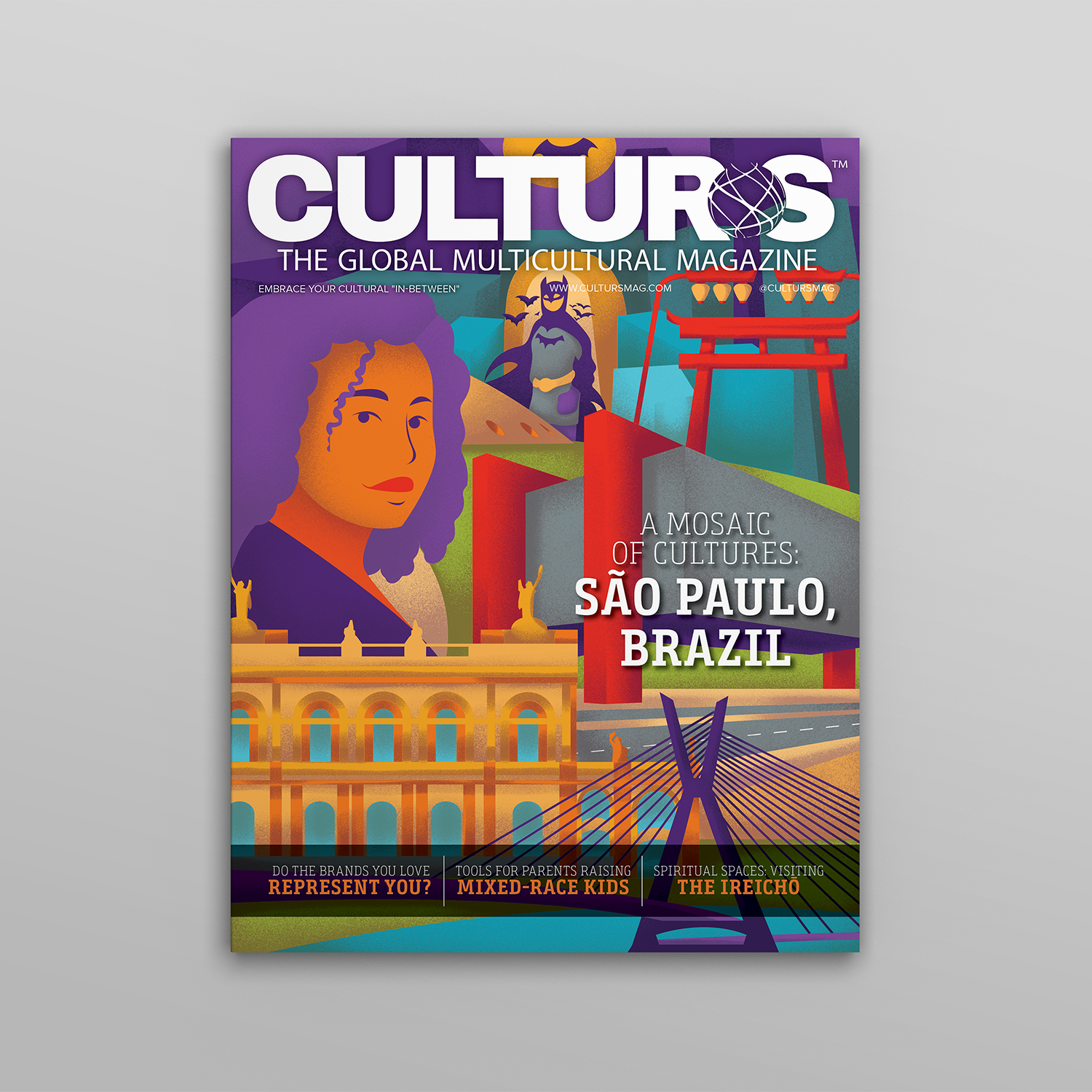The road trip is timeless, whether you're driving around the U.S., through Europe or China or Argentina.
Your dog’s tongue laps in the wind as the scenery gradually shifts around you like the sliding backdrop of a theater stage. No matter how small technology shrinks the world, the unique charm of the classic road trip remains.
If you plan it right.

Nothing diminishes the joy of a road trip like monotonous scenery. To truly embrace the spirit of adventure, seek out diverse landscapes: sandy coastlines, towering mountains, and the untamed beauty of forest roads. This guide will show you how to plan the ideal scenic drive, no matter where you are in the world, and offer tips on maintaining your vehicle to ensure a smooth and enjoyable journey.
PREPARING FOR THE JOURNEY
A minor downside of taking the scenic route is that you’re stuck in the middle of nowhere if your car stalls out. You’ll have a great view, but you can only look at the same river’s brook for so long. So, before embarking on your journey, take your car to the mechanic for general car maintenance.

If you opt to do it yourself, pay special attention to the following components:
- Battery: Your car’s battery is essential to an enjoyable road trip. It’s what gets everything started, but it is also required for charging phones, powering built-in GPS, and preventing power surges. A weak battery may cause a vehicle to consume more fuel and drain your wallet.
- Fluids: The big players are engine oil, power steering, transmission, and coolant. Keeping these topped off can ensure your safety and keep the driving experience consistent even through rough weather.
- Lights: Longer road trips usually involve driving at night. Unless you’re planning to follow someone secretly, you’ll want your headlights and high beams fully operational. Additionally, ensure your brake lights are obvious to minimize the chance of a bumper crash.
- Tires: Check the air pressure and tread for all your tires, including the spare. Make sure you have a spare ready. Even if you have a roadside assistance service like AAA, they can take hours to reach you, depending on your location.
- Brakes: There’s nothing scarier than hitting the brakes and hearing a rumble or screech. Examine your brake pads for wear, find a brake repair service and go to a mechanic IMMEDIATELY if you hear strange sounds while braking.
- Emergency Kit: Most people don’t keep an emergency supply kit in their car, but they should. Tools like a portable cell phone charger, flashlight, tire patch kit, jack, and jumper cables are absolute necessities. These tools should be rechargeable through means other than your car’s battery, such as crankable, battery-powered, or solar.
PLANNING YOUR ROUTE
Now that we’ve gotten the boring (but vital) safety checks out of the way let’s talk about the fun stuff.
Picking the right route sets the stage for an unforgettable road trip, and there’s no one correct answer. Your starting point and destination are huge factors, but so are the season, time of day, and your tolerance for detours.

In today's connected world, the once-secret trails and hidden gems are now accessible to all, thanks to the wealth of information available online. This democratization of travel information has opened up a world of possibilities for road trippers everywhere.
PICKING A PATH
Thankfully, there are numerous online resources available to help you provide a visual feast for your road trip. Websites and apps dedicated to scenic drive planning can guide you through breathtaking routes that include national parks, historical monuments, and local attractions, no matter where you are in the world.
These websites and apps will put all the major spots to hit right in your face and even show you how long of a detour it’ll add to your drive time. We recommend heavily leaning on these tools when planning your first road trip.
However, if you’re looking for less popular and not-so “touristy” spots, you’ll have to do a little more research. Don’t worry; you won’t have to scroll through Google Satellite for hours. It’s fun and laid-back research.

There’s no shortage of travel vloggers and bloggers documenting their journey across various countries and continents. A quick YouTube search will pull up countless videos you can reference and pick up on the vibe on their journey. Many content creators even post their travel routes for their fans to benefit from at a later date.
TALK TO LOCALS WITH CAUTION
Now, a quick warning. We don’t mean taking a chance on a random stranger on the corner of the road. Ask someone in a comfortable situation. Instead, seek recommendations from trusted sources such as your accommodation host, a welcoming cafe or restaurant staff member, or a local tourist information center. Never put yourself in a dangerous situation or follow a stranger to a secluded space.
Talking to strangers may sound a little crazy today, but locals often know their hometowns best. This is particularly true the further away you get from crowded cities and congested highways. Ask a resident of a small town you’re passing through for any notable places to stop by, and try to be specific about what you’re looking for.
If there’s a local attraction, it’s worth visiting and talking to the people working there. They’re likely involved with the community and might share some lesser-known roads with you.

VARY YOUR SCENERY
For most people, a road trip only comes along once in a while. So, it’s a good idea to put some variety on your plate while you can. Creating a diverse catalog of your road trip will help individual places stand out more prominently in your mind. If your route is nothing but mountains, they all end up blending together into a nondescript giant rock.
Try to add in at least a few of these choices:
COASTAL STRETCHES
The allure of coastal drives is undeniable. You can look into the endless distance and watch waves crash against the shore. Or you can pull over and get your feet wet and your hair sandy. Coastal routes are often accompanied by cliffside panoramas and the opportunity to explore seaside towns.
MOUNTAIN RANGES
Mountain passes offer a different allure, with challenging yet rewarding drives of constantly changing elevations and inspiring vistas. However, please drive cautiously and bring a four-wheel drive vehicle as they can more easily handle abusive roads.

IMMERSIVE FORESTS
Forest routes let you dive into a different world. All forests are diverse, with separate casts of wildlife and tree species. Open the windows and breathe in the pine and spruce. In the city, you only see one sky, but look up at fifty forests, and you’ll see fifty unique canopies.
COUNTRYSIDE EXPLORATIONS
Rural roads may be bumpy and long, but they provide glimpses into an alternate lifestyle. Travelers can enjoy large swathes of land and local livestock. You’ll see Longhorns and Water Buffalo in Texas, but new animals may appear as you travel between the states and countries.
PHOTOGRAPHY BEYOND THE SELFIE
Photographing a road trip lets you relive key moments and stamp them in your mind. Or, you can share the beauty of your journey and incite the jealousy of your lead-footed companions. However, this requires quality pictures, which is hard to achieve from a moving vehicle.
- Open the Window: The glint and smudges on the window will undoubtedly keep you from taking a good photo. Roll down the windows to get a clear shot of nature.
- Increase Shutter Speed: This is a tip for non-phone photographers. A higher shutter speed helps capture objects in motion. AKA the landscape speeding by outside your car window.
- Use the Golden Hour: The “Golden Hour” of photography is when the sun is lower in the sky. It usually provides less glare, more flattering light, and causes objects to cast longer shadows. Golden Hour creates a more dramatic effect and is perfect for nature shots.
DON'T FORGET THE BEAUTY OF THE OPEN ROAD
If the symphony of the open road is calling you, we hope you answer. There’s indescribable beauty in every corner of the world waiting for someone to find it. All we ask is that you exercise caution, good sense, and good planning in your road trip.
Take it easy and enjoy the journey over the destination. Don’t barrel through every vista, but park the car and go for a hike or a walk along the beach. Photograph some birds or join a small-town celebration. Enjoy the hidden gems only available on four wheels.








Leave a comment
All comments are moderated before being published.
This site is protected by reCAPTCHA and the Google Privacy Policy and Terms of Service apply.